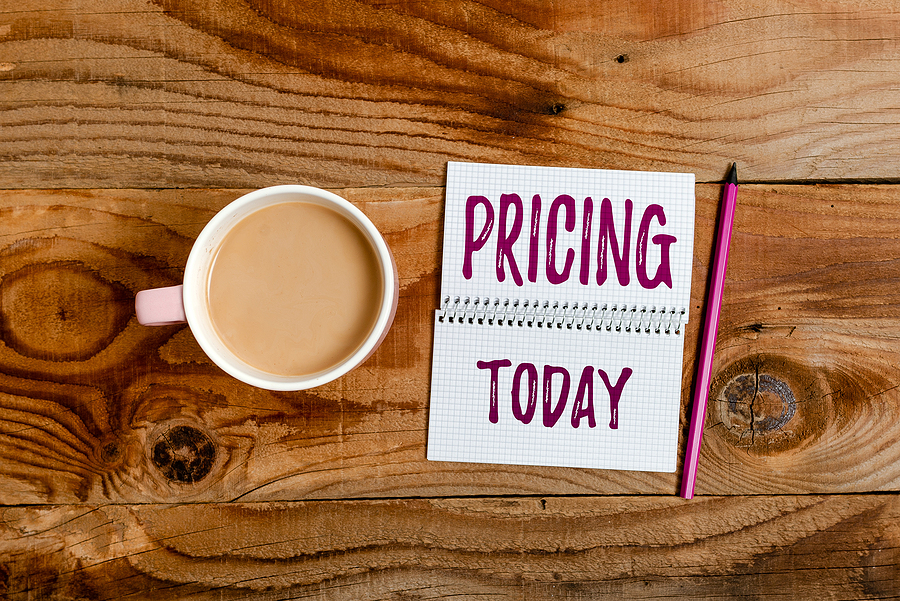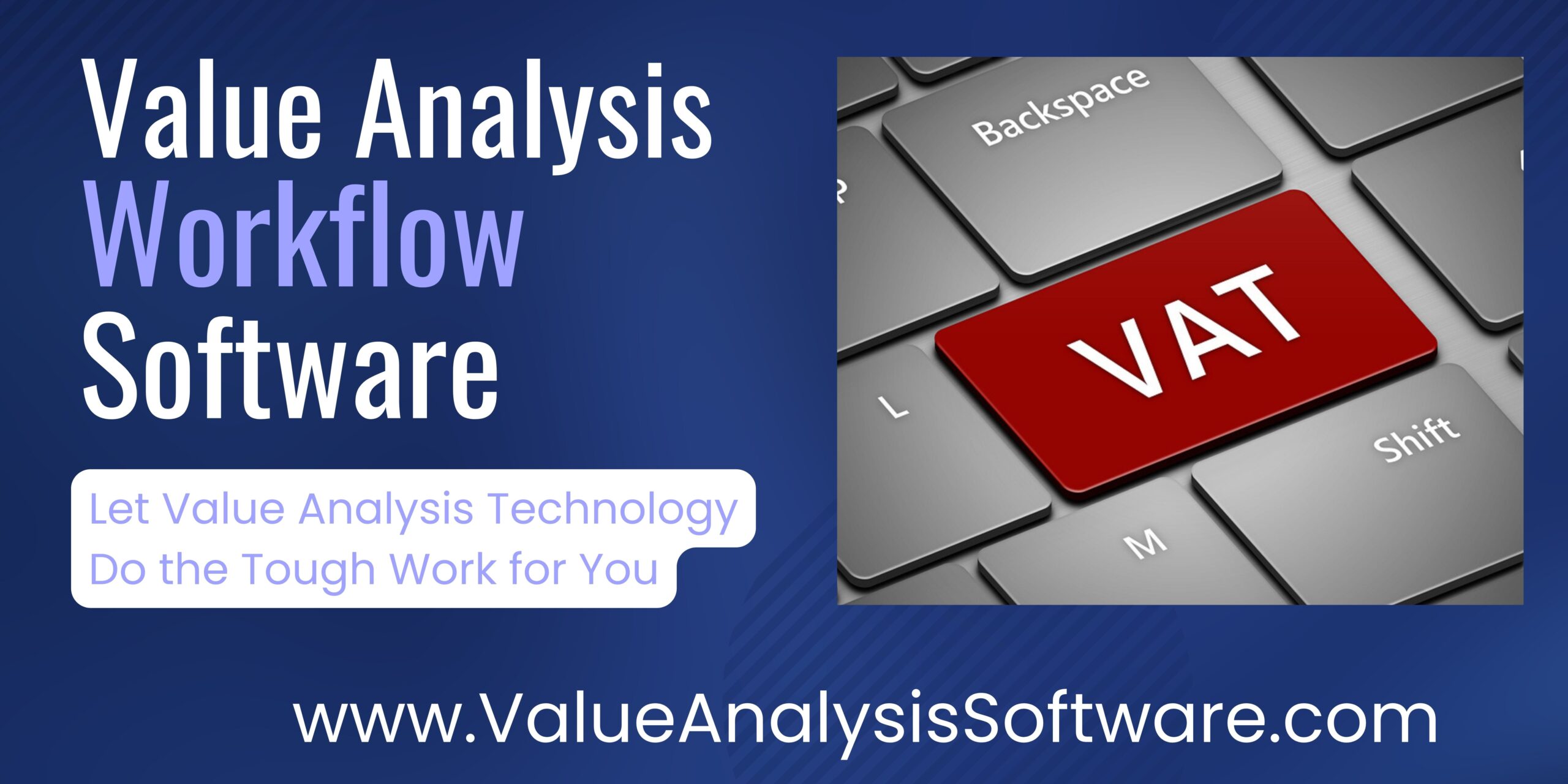Price is a very simple element of the healthcare supply chain procurement process. You order the product at that price and get the total spend for that line-item product. This is the total spend that we see every day from the vendors and manufacturers that we purchase from. Now envision this same scenario happening to thousands or even tens of thousands of products on an ongoing basis at your health system. Standard operating procedure, right? That is a lot of prices to look after and, yes, a heck of a lot of spend to track after as well. There is a synergy to these that add up to the total spend cost at your organization. No surprises here, yet. None of this is surprising anyone in the healthcare supply chain world, but the true “total cost” really involves keeping the organization’s quantity used to the lowest possible level while maintaining the best price. There are many ways that price can get out of line, but we also need to track utilization cost, which goes beyond total cost and uses a patient volume centric metric to measure it. So, tracking Cost Per Adjusted Patient Day to the Supply Category Cost or Cost Per Cath Lab Case Per the Cath Lab Category is a quality measuring tool. So, why aren’t we employing this further?
Skin Stapler Utilization
In a recent value analysis meeting where we were working on new savings opportunities for a healthcare system client, an unusual anomaly came up. Their skin staplers’ cost per surgical case was up by 62% over the previous year and over 68% higher than their cohort benchmark best practice. Two metrics pointing to a possible savings opportunity are worth looking into. It turns out, the organization had switched their GPO the prior year and the skin staplers were completely missed which resulted in the organization paying list price because their staplers were never converted.
This has happened at many healthcare organizations, but at least this organization had utilization tracking in place to alert them to this, otherwise they would not have caught this increase because it was not on anyone’s radar screen to look into these further. They thought the skin staplers were already converted and that they were reporting out associated savings, but that did not happen. This organization got a prime example of how price increases the total cost and their utilization tracking helped them uncover this.
Orthopedic Spinal Pricing
We saw a similar instance with a large health system that had negotiated new pricing with their primary orthopedic spinal vendor which would result in a 12% savings in this high-priced specialty category. In working with the organization on their utilization tracking, we started letting them know that all of a sudden, their spinal implant costs per case were increasing by over 8% over their own historical best practice levels. In conferring with the Director of Supply Chain, he stated that there was new pricing coming online and that they could not only expect the increase to go away, but savings in the range of 12%.
Utilization Tracking is Not a One-Time Event
The good thing about utilization reporting is that it is not a one-time event. We continued to report to the supply chain director that they were still incurring increases and that they should look into this further. Eventually, six months later, the supply chain director called me and told me that we were right about the orthopedic spinal implant increases. The vendor never plugged in the new pricing for the organization, nor did his supply chain team pick this up in their ERP system. The net effect was that the vendor owed the hospital substantial back credit to the sum of over $300K and fixed the pricing on their system. Once again, this was picked up using the hospital’s own data but married to patient centric metrics and total cost of the product category.
What is Measured Happens – What is Not Measured Happens Too!
Most organizations talk about utilization tracking and that it is important, yet they don’t really know anything about their true utilization and volume centric consumption because they are not tracking it. At some point, you may want to know what is happening with your utilization and consumption reporting, not just overall Supply Cost Per Adjusted Patient Day or to Net Revenue. Those are just the starting point, and let’s face it, they won’t tell you things like your orthopedics implants, skin staplers, or any other category are running too high in total cost per metric. There are over 700 major categories in your supply chain that you will find the next level of supply chain savings in, as well issues with price and standardization that will power your next level of savings and quality performance for the next five years. A little tracking will go a long way!
| About Robert W. Yokl, Sr. VP of Value Analysis & Supply Chain Solutions |
|---|
| Robert is the Program Leader for SVAH Solutions that provides value analysis, clinical supply utilization, and savings validation tools to help organizations to gain the next level of savings beyond price and standardization. https://www.SVAH-Solutions.com https://www.SavingsValidation.com |
Articles you may like:
Benchmarking is Essential for Your Value Analysis and Utilization Management Success





